Greater intervention is required given the crisis situation the curlew is in, the 2022 Curlew Conservation Programme annual report has said.
In the nine programme areas covered, 46 pairs of curlews were recorded.
Of this number, 26 were confirmed to be breeding and 20 were classed as probable breeders. Between 34 and 61 pairs were recorded last year.
“Of the 24 pairs which were confirmed breeding and not head started, at least 21 reached hatching stage (88%), with a minimum of 37 chicks hatched. At least seven of those pairs reared young to fledge, possibly others did so, but were not confirmed, so the breeding success rate was at least 29%," the report found.
“The total number of juveniles recorded to have fledged (without head starting) was at least 12, but again may have been more.”
Head starting is where eggs are collected from the wild and incubated artificially. Once hatched, the birds are reared in a pen until they are deemed ready for release. Seven chicks were brought to fledging stage from the 10 head started eggs.
Decline
“The number of curlew pairs breeding continues to decline. Senescence, birds becoming too old to breed, may well be a major issue, compounding what has happened over the past 30 years by way of calamitous decline,” the report said.
At a number of sites, even when curlew did return, they may not have settled to breed, while at other sites, just one bird may have returned, with its long-standing partner missing, presumably having died over the course of the winter, it added.
“Curlew are rapidly dying out, before our very eyes. Following a 98% decrease, which has occurred in the past 30 years, the process of extinction is not halted overnight.
“Until the factors that led to such a massive population collapse in the first place are fully addressed, pairs will continue to be lost. At this point, numbers on the ground are so low that entire geographical areas will soon be lost,” it said.
It warned that the efforts of the Curlew Conservation Programme, or other efforts, alone, while trying to keep the candle alive, are dwarfed by the larger landscape issues that have driven the decline.




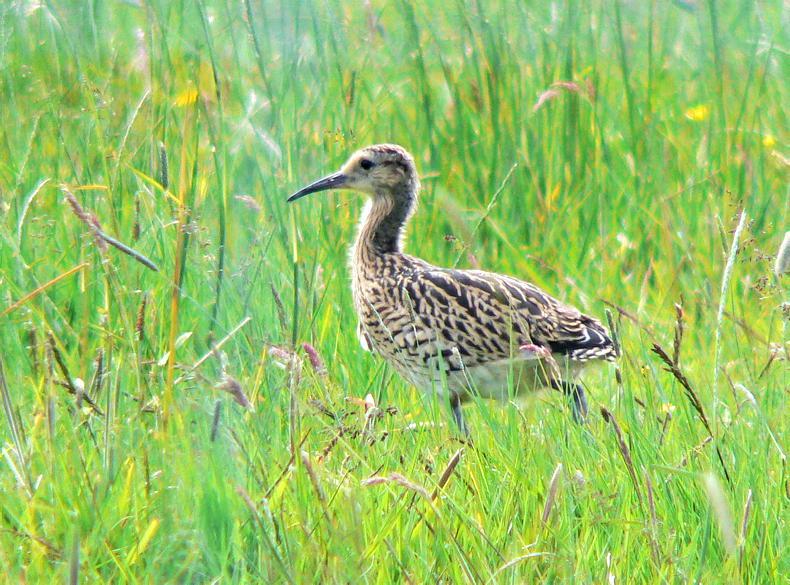
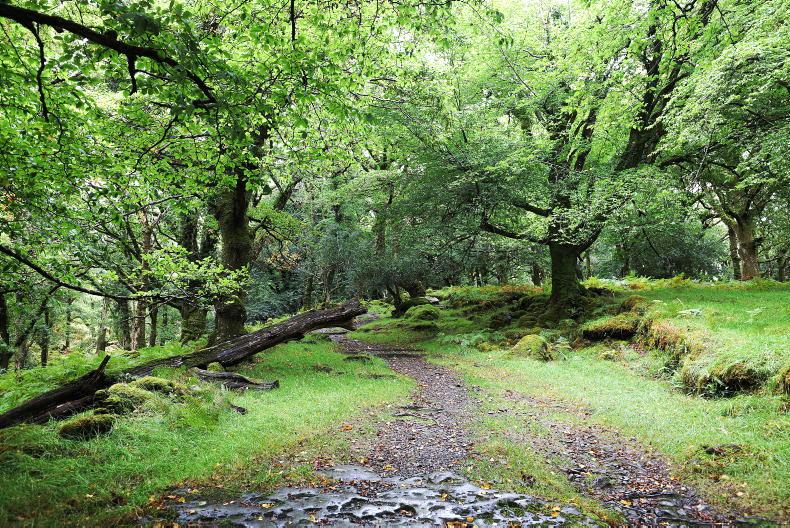
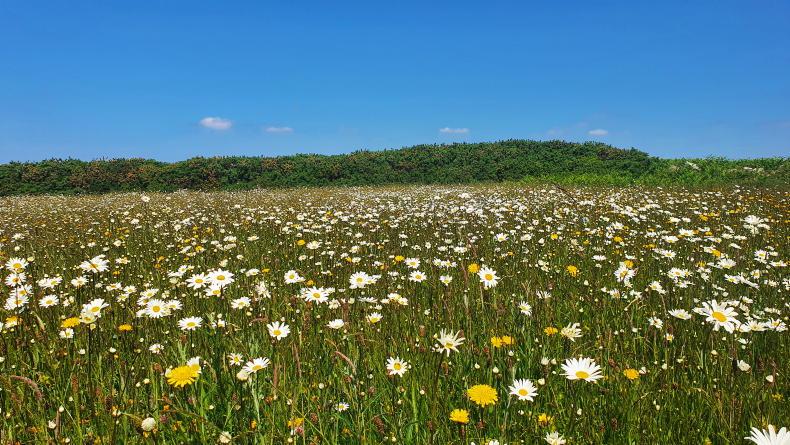
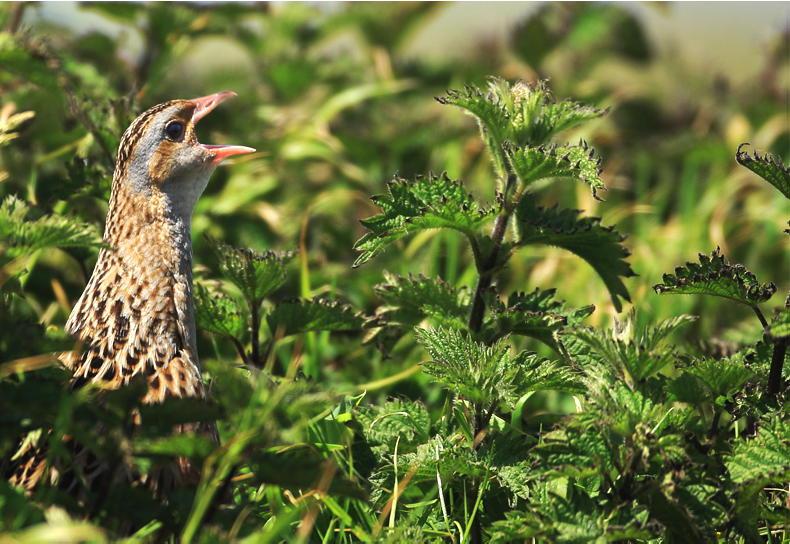
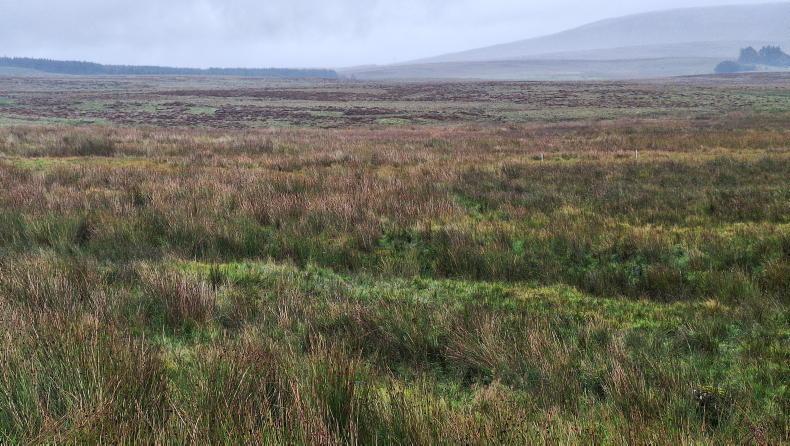
SHARING OPTIONS